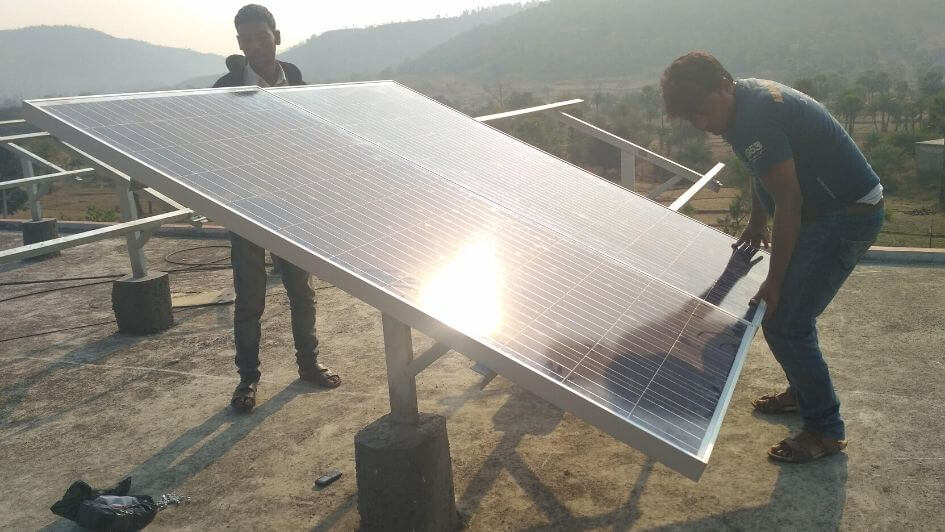Electricity is a basic infrastructure requirement for any healthcare unit. But in developing geographies like India and some East African countries, not all healthcare institutions have access to electricity. As per government records, 50% of sub-centres in some states of India were not connected to the grid. Non-government hospitals that serve the hinterlands often must rely on diesel generators owing to voltage fluctuations and outages that sometimes last for weeks. While renewable energy (RE) technology is available, it requires capital investments which many institutions do not have. Thus, access to clean electricity also includes access to affordable finance.
As in the case of choosing the most appropriate RE technology solution, finance too has to be customized for the specific requirement. It is closely tied to the operating model of the healthcare unit. The type of finance suited for a government-run health centre will vary from that for a private health clinic, which may not work for a not-for-profit tertiary care hospital.
World Resources Institute’s (WRI) research shows how private health clinics in Kenya have relied on raising debt and personal investments to install RE solutions. This is possible for health clinics generating enough revenue to be able to repay the loans, and where the addition of electricity through RE systems contributed to increase in patients seeking healthcare services.
In India, the health services in energy poor areas are primarily provided by the government, or by charitable hospitals, or other institutions that offer free or highly subsidized treatment. Debt and personal investment finance models are unlikely to work for such mission-driven hospitals where the income from healthcare service delivery does not even cover basic expenses such as doctors’ salaries.
What is then India’s solution? For government health centres, the most obvious solution is public funds. But with a multitude of competing demands for the limited funds available with the health departments, one could ask if the funds should be used for health equipment or to install RE systems? Here, funds carved out at the district level can provide additional assistance. For example, the District Mineral Foundation Trust has set aside 40% of their funds for other priority areas, including energy access. Other options available at district level include the untied funds with the District Collectorate office and MP/MLA funds.
For charity-run hospitals, given the financial constraints, grants and donations are the main sources of funding for capital investment. Grants can come directly from the individual patrons or from Corporate Social Responsibility (CSR) funds. However, given the remoteness of these locations, and the preference given to areas where the companies have operations, these funds have proved to be scarce and difficult to raise. And yet, CSR funds remain under-deployed, when they could be used to support both healthcare service improvements and the RE sector.
There is an urgent need to develop and test models that don't require hospitals to make an upfront investment. Even a simple conventional Renewable Energy Source Company (RESCO) model, where the company provides the upfront capital investment and enters into a power purchase agreement (PPA) with the hospital can be negotiated. This may be particularly relevant for hospitals with bigger loads that must run 24x7 services like the operation theatres, neonatal units, high dependency units and blood banks. While there are very limited RESCO examples globally, there is an urgent need to pilot this model in hospitals that are currently spending significantly large sums of money on diesel generators in order to run their services. For other kinds of healthcare institutions, we need more innovative finance options.
Due to variations across institutions, these financial options cannot be developed without understanding the needs of the hospital and their operating models. Grants will remain critical, but can only partially solve the problem. To achieve scale, we will need to find more long-term sustainable finance models. There is an urgent need for banks, investors, energy enterprises and healthcare service providers, to work with research organizations and the broader health community to find these solutions. Without finding and implementing scalable solutions, our sustainable development goals (SDGs) will remain unachieved.
